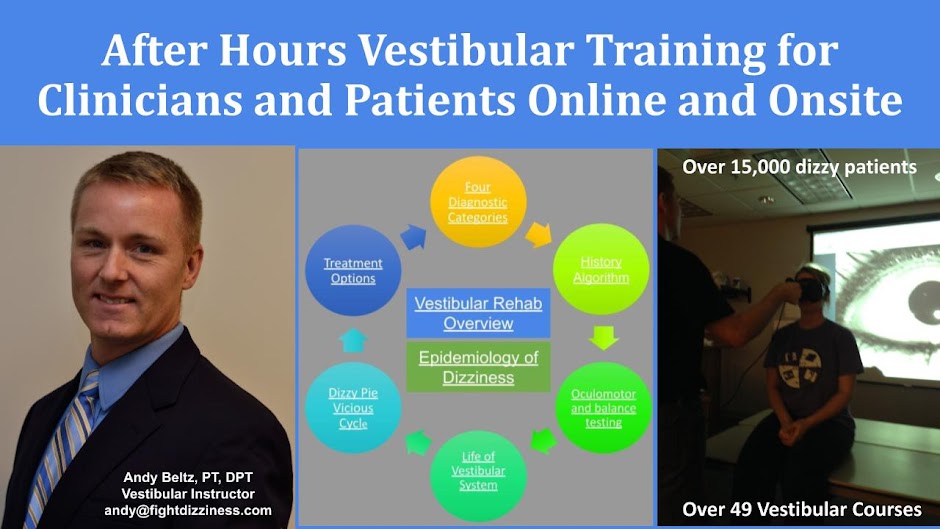is like trying to walk with a vestibular system that is not working properly. In high school, I had a sweet 1979 GMC three quarter ton black pick up truck. I really liked this truck, but the speedometer did not work. So, I had to learn to use other ways to determine how fast I was going. Since I had driven the truck one whole year with a working speedometer, I learned to rely upon the following techniques to determine my speed:
1. My memory of what 55 mph felt like when the speedometer worked. I know this sounds crazy, but I could just feel how fast I was going. If I was going very slow, the truck barely seemed to wobble, but going fast would make the suspension much more alive.
2. I considered how far down I pushed the accelerator with how loud the engine sounded. In addition, my precious truck had a manual transmission which added to the reliability of my guesstimates.
3. The amount the bug reflector on the front of the hood bent down from the wind was somewhat valuable. If it bent down too far I knew I was going too fast!
My parents always reminded me that if I ever got a speeding ticket that my driving privileges would be revoked. Therefore, I always had to err on the side of going too slow.
What does this have to do with our vestibular system? Our central vestibular system remembers how movement should feel and combines that information with what the peripheral vestibular system tells it about movement. When one system is not working properly, it is able to get more valuable information from other systems in the body.

No comments:
Post a Comment